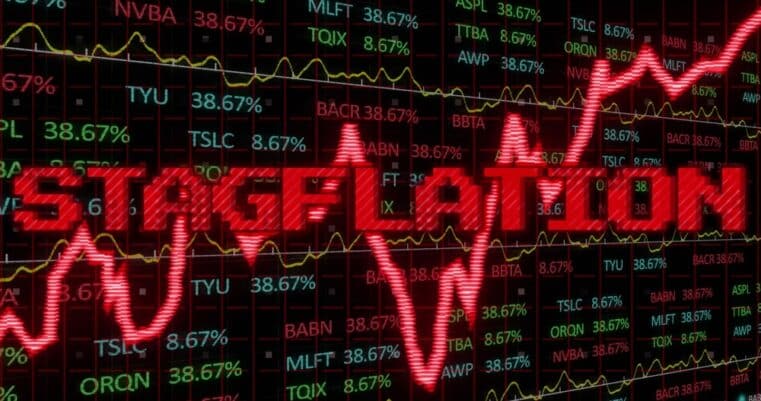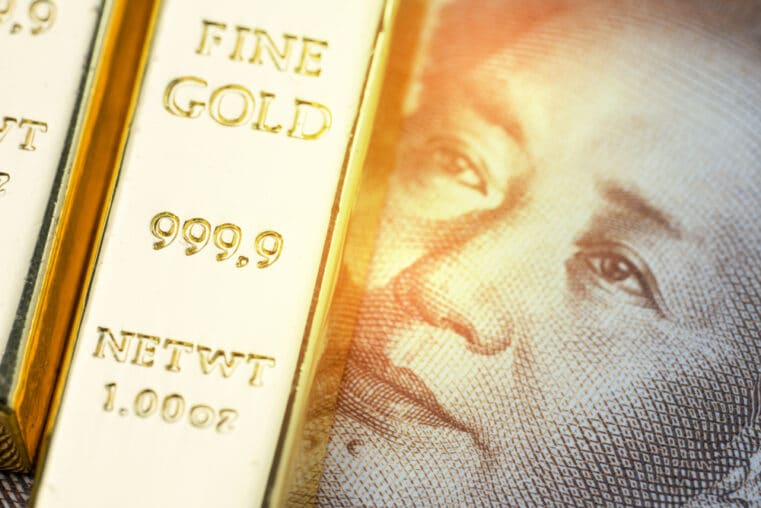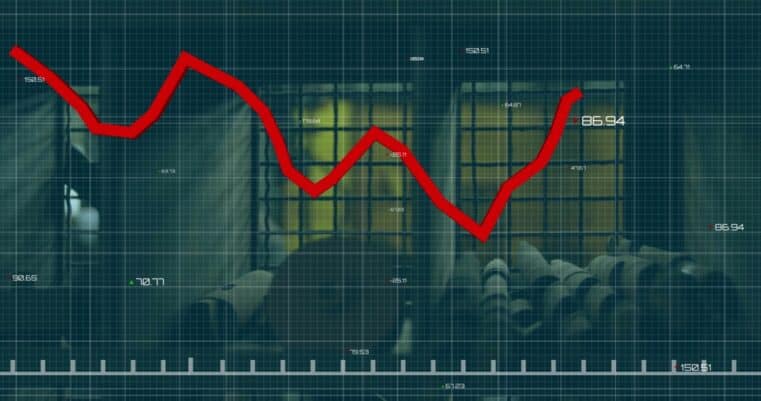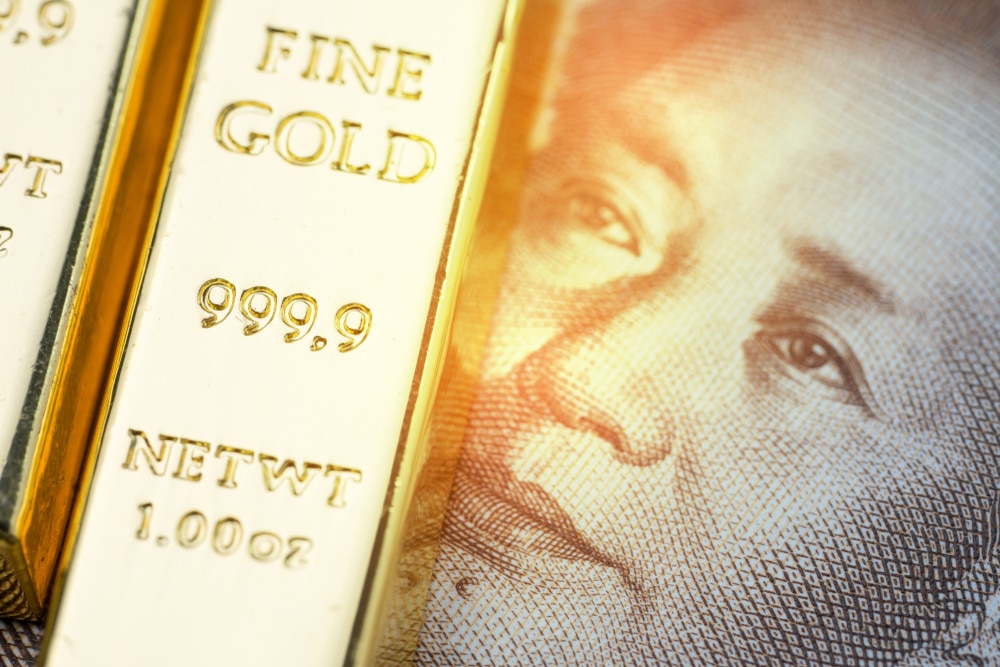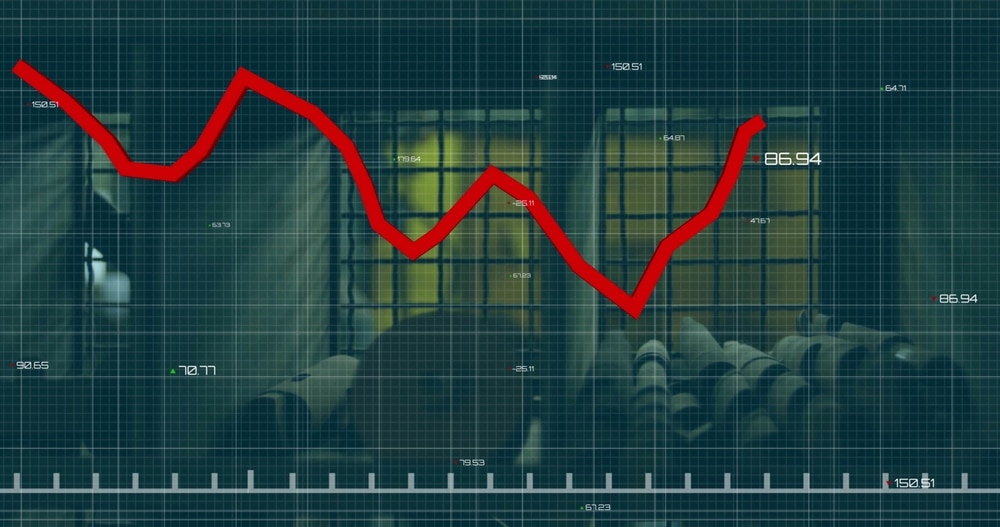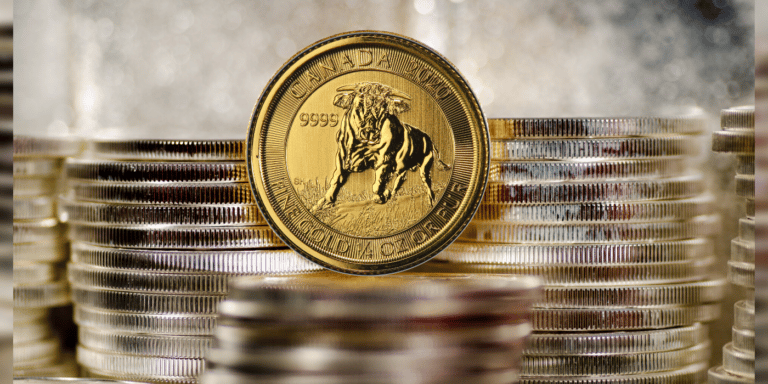
The Gold/Silver Ratio is at a 5,000-Year High - Buy Silver Now At Its Peak
Gold has always held a premium to silver. In Menes, Egypt at around 3000 BC, that premium stood at 2.5 to 1. That’s where (what’s now known as) the “gold/silver ratio” stood.
It meant that 2.5 ounces of silver were needed to buy 1 ounce of gold.
Throughout millennia, gold’s premium to silver remained, but the ratio did not.
The gold/silver ratio fluctuated, rising over time, but always in a slow and steady manner.
And for several millennia it had never exceeded 15 to 1.
So, why’s this important to know? Because it shows relatively underwhelming data, as it should be.
When the ratio of gold to silver reflects the natural balance of supply and demand, the range of the ratio’s fluctuation shouldn’t be that wide.
From 1687 to 1887, for instance, the range stayed within 15 to 1 (15 ounces of silver to one ounce of gold). The natural relations of supply and demand are relatively stable.
When the gold market is disrupted as a result of financial or political upheaval--as what happened during WWI, the Great Depression, and WWII--the gold/silver ratio becomes imbalanced but normalizes once things settle down.
In 1971, however, things changed.
When Nixon put a permanent end to the gold standard, and when the central banks worldwide dictated the supply (and hence “nominal” value) of money, the natural balance of supply and demand became subject to extreme volatility, as shown in the MacroTrends chart below:
Gold/Silver Ratio from 1915 to 2020
What Might This Mean for Investors?
When the gold/silver ratio falls, silver outperforms gold.
This is a key piece of information for anyone who invests in precious metals.
Take a look at this chart from MacroTrends illustrating the ratio from 1995 to the present:
The following stats took place while the gold/silver ratio experienced declines.
- From 1995 to 1999, silver rose 42% while gold fell -21%.
- From 2003 to 2007, silver rose 330% while gold rose by 169%.
- From 2009 to 2011, silver rose 350% while gold rose 77%.
- For a short period in 2016, silver rose 36% while gold rose 9%.
Currently, the gold/silver ratio stands just below its most recent high of 123.5 to 1--the highest it's ever been for over 5,000 years of its use as money.
But Isn’t the Gold/Silver Ratio a Relic?
Some would argue that it is, or that the gold/silver ratio average has been repriced to around 70 to 1.
Still, its current level has never before been reached. It signals a rare opportunity.
Of course, there are other and more obscure ratios to follow, if you so choose.
Here’s a summary of their current readings, according to the Finance Sense website:
- The ratio of silver to gold annual mine production - 9 to 1
- The estimated ratio of economic gold to silver in the ground (USGS) - 6 to 1
- The estimated physical ratio of all silverware, silver/gold jewelry and other stocks above ground (according to CPM Group) - 5 to 1
- The year-to-date ratio of investment dollar demand - 1 to 1
- The physical ratio of gold and silver coins/bullion - 1 to 3 (more silver than gold)
Alongside these ratios, the gold/silver ratio perhaps stands as the clearest and most direct indicator of opportunity.
If there is any time where the money is just sitting on the table, as famed commodities investor Jim Rogers once said, that time is now.
The opportunity is a bit shocking, certainly unprecedented, and one that most of the investing public might not even be aware of.
So, what might this mean for investors? With potential money on the table, either you take it or leave it.
For more on the History of the Gold Silver Ratio view our infographic here: https://dedollarize.wpengine.com/gold-silver-relationship/






